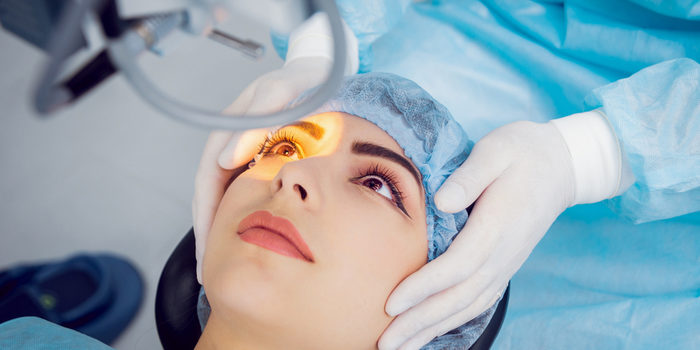


While many people have vision issues, it’s much less common for them to seek laser eye treatment than it is for them to simply wear glasses or contacts. However, laser eye surgery through methods like LASIK can be a huge help for people with poor vision. Today we’re talking about the basics of these kinds fo procedures to help you make an informed decision.
Laser Eye Surgery
The Basics
LASIK is the most common type of laser eye surgery, and stands for laser-assisted in situ keratomileusis. LASIK can help to correct near-sightedness, farsightedness or astigmatism. Near-sightedness is often referred to by optometrists as myopia, while far-sightedness is often called hyperopia. In short, the procedure involves using a laser to reshape the eye in order to allow light to properly hit the retina.
Most vision problems that are corrected with glasses or contacts are a result of the shape of the cornea, or the shape of the eye itself. When an eye is too short, it results in hyperopia, and when an eye is too long, it results in myopia. LASIK helps to correct this by reshaping the cornea, essentially turning your own eye into a contact lens for the unique shape of your eyeball.
Pre-Surgery
Before you can get in the chair to receive LASIK, however, there are some preliminary steps. Firstly, your eye doctor will need to ensure that you’re a good candidate for the procedure. The shape and thickness of your cornea and your overall eye health are indicators as to whether or not LASIK is going to be a good idea for your situation.
Often, the exam is able to determine whether you’ll need a pre-LASIK procedure to help prevent yourself from developing dry-eye after the LASIK. This is often determined by doing a tear film exam on your eyes. If you’re a good candidate, this will usually be followed by a wavefront analysis to help map your cornea in order to assist the surgeon during the procedure.
The Procedure
The procedure only takes about fifteen minutes for both eyes, and is relatively painless, thanks to topical anesthetic eyedrops. The procedure begins when the surgeon cuts a thin flap in your cornea, and then folds that flap back to access the cornea. The surgeon then uses the laser to remove small amounts of corneal tissue in order to alter the shape of the cornea.
For a person with myopia, the procedure results in a flattened cornea to better focus light along a longer eye. People with hyperopia, on the other hand, are given steeper corneas to help refract light more along their shorter eyeballs. Astigmatism is corrected by simply smoothing the cornea into a more normal shape. The surgical flap on the eye is then folded back down and heals after the procedure.
What to Expect
Patients are given drops to numb their eyes so they feel no discomfort during the procedure. If you’re nervous, your doctor may prescribe medication to help you remain calm. This may be good to take, especially is you have a fear of operating tables.
You have to be conscious for the procedure, and your eye will be help open by one device while being immobilized by another. You then have to look into a laser light as it reshapes your eye. This procedure can be a little disconcerting for some people, understandably.
Results
Normally, the procedure returns nearly instantaneous results. Most patients get up from the procedure with their vision cleared and enhanced dramatically. In most patients, their vision continues to clear and become stronger as a few days go by and their eyes heal. This means that most people who get LASIK surgery don’t need to wear any of their glasses or contacts anymore, as they can now see normally without any outside aid.










